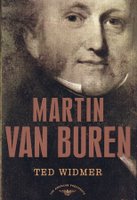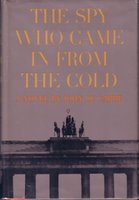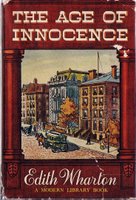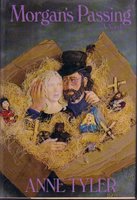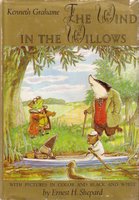Cervantes, like his contemporary William Shakespeare, successfully wrote for a mass audience. It is this ability—to merge the highbrow with the lowbrow—that, I think, explains much of the enduring success of Don Quixote.
Cervantes reached the masses through his humor. Above all, Don Quixote is a comic novel. The comedy ranges from the sly and sophisticated to raucous and vulgar.
One example serves: Early, on their second sally, Don Quixote and his squire, Sancho Panza, are halted by the frightening “sound of rhythmic pounding, along with a certain clanking of irons and chains.” It is night, so they elect to remain where they are, and wait for the dawn to investigate this terrifying sound.
Unfortunately, “Sancho had eaten something laxative for supper, or because it was the natural order of things . . . he felt the urge and desire to do what no one else could do for him . . . “ Sancho surreptitiously loosens the slip knot holding up his breeches, lifts his shirt “and stuck out both buttocks, which were not very small.” He proceeds to rid himself of his burden.
Soon, the vapors rise up, reaching Don Quixote’s nostrils. “And as soon as they did he came to the assistance of his nostrils, squeezed them closed between two fingers, and in a somewhat nasal voice, he said: ‘It seems to me, Sancho, that you are very frightened.’”
All the elements of Cervantes’ comedic success are present this passage. (It is found on pages 147-148 of the hardback version of Grossman’s translation.) The writing is eminently readable, yet complex in its execution. There are elements of quiet humor—the phrase ‘to do what no one else could do for him,” Don Quixote squeezing his nostrils and speaking in a nasal tone—and the vulgar—his squire loosening his breeches, extending his buttocks and relieving himself.
I didn’t expect to find passages in Cervantes appropriate to a Farrelly Brothers’ film.
Finally, I am trying, with difficulty, to identify a recent author who successfully merges the highbrow and lowbrow. Richard Brautigan, John Irving and Tom Wolfe are authors who seems to come the closest.
A few other quick thoughts . . .
Don Quixote, the character, is little more than a cardboard cut-out. He is a wise man made a tragic by his belief in the existence of knights errant, but Cervantes does not take us beyond this superficial exterior. Sancho Panza is more fully formed, more fleshed out (only a small pun intended). His gluttony, his penchant for spouting proverbs and his self-interest are among the traits that make him a lovable and singular figure. Someone we feel we know.
Nowhere does Sancho Panza’s distinctiveness emerge more than in his stubborn refusal to self-administer painful lashes in order to free the beauteous Dulcinea of Toboso from her enchantment. When he finally accedes to his master’s request, Sancho demands privacy and immediately begins to lash the nearby trees and bushes rather than his ample backside.
Until re-reading
Don Quixote, I had never realized how much Charles Dickens owes to Cervantes.
The Pickwick Papers, which is also a picaresque novel, draws its inspiration directly from
Don Quixote. And Sam Weller is clearly an updated, British version of Sancho Panza.
I had planned to read something by Dickens in the first two months of 2005. Cervantes has pointed me to
The Pickwick Papers.
 Book recommendation: Outwitting History by Aaron Lansky.
Book recommendation: Outwitting History by Aaron Lansky.

